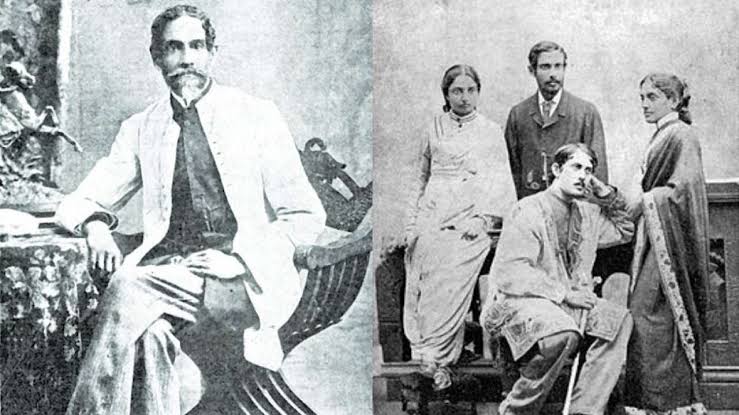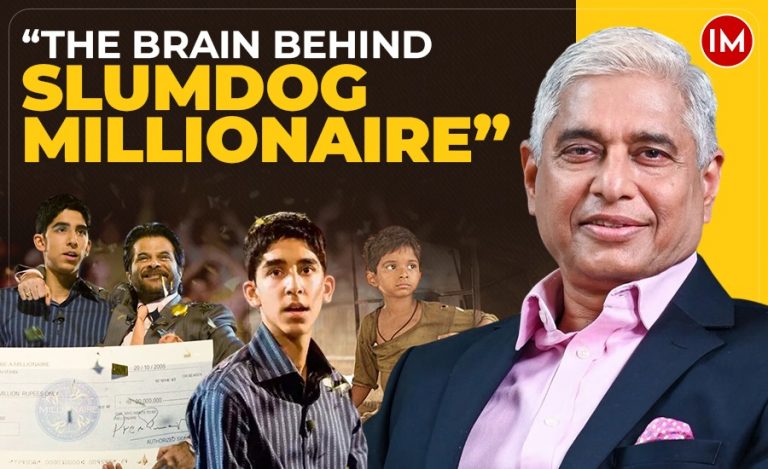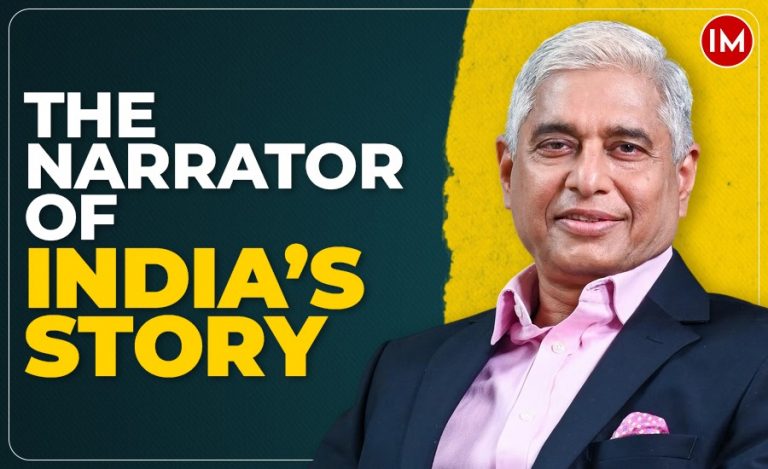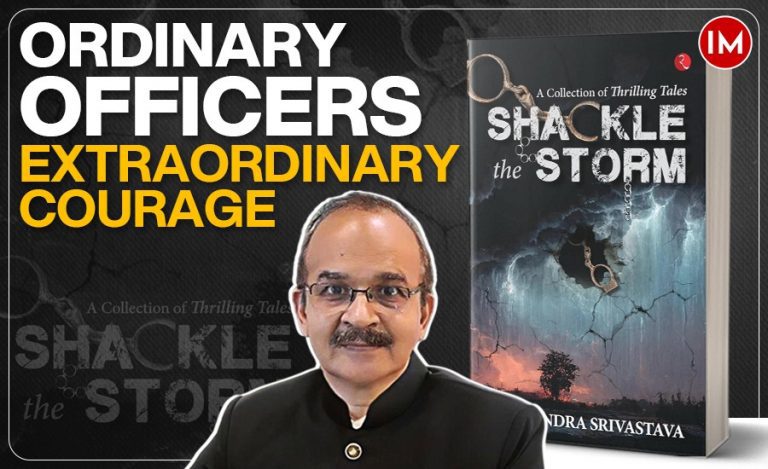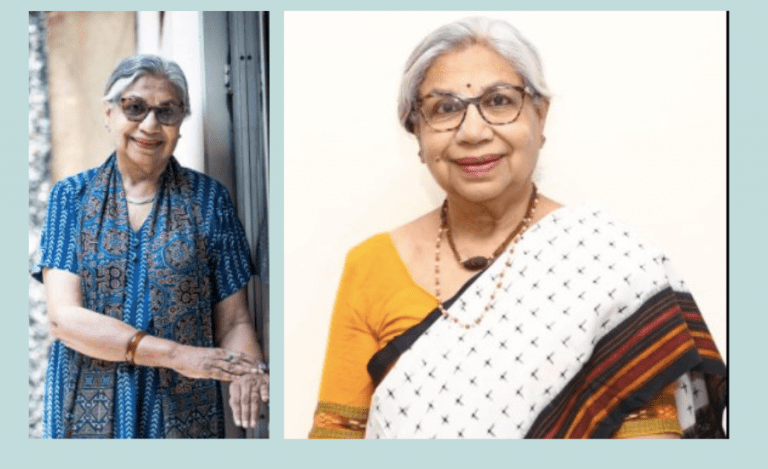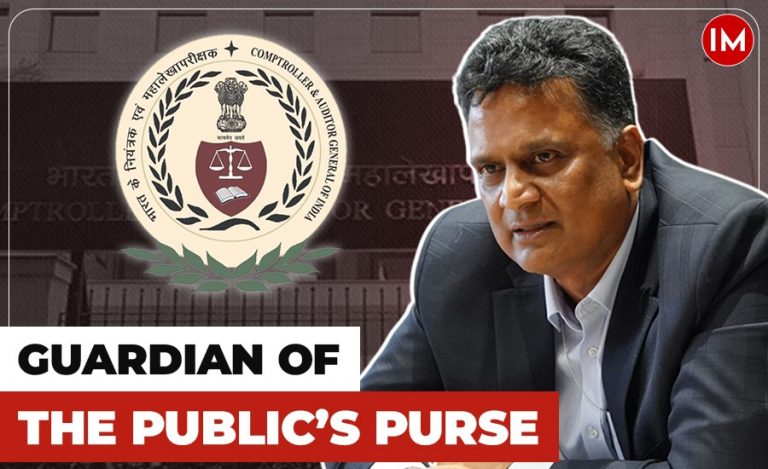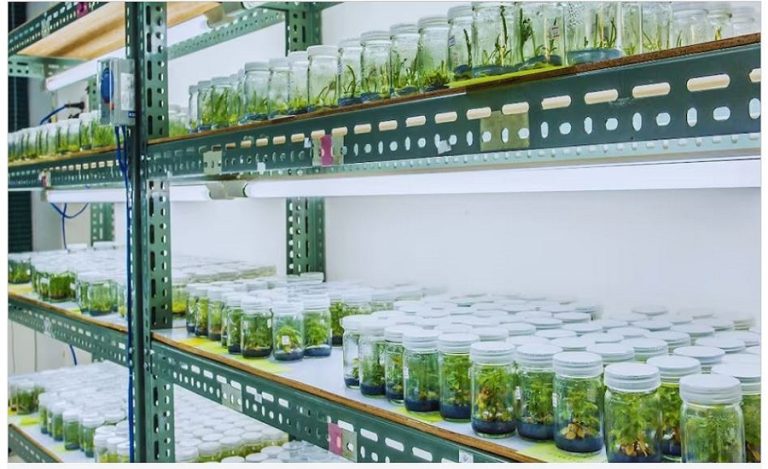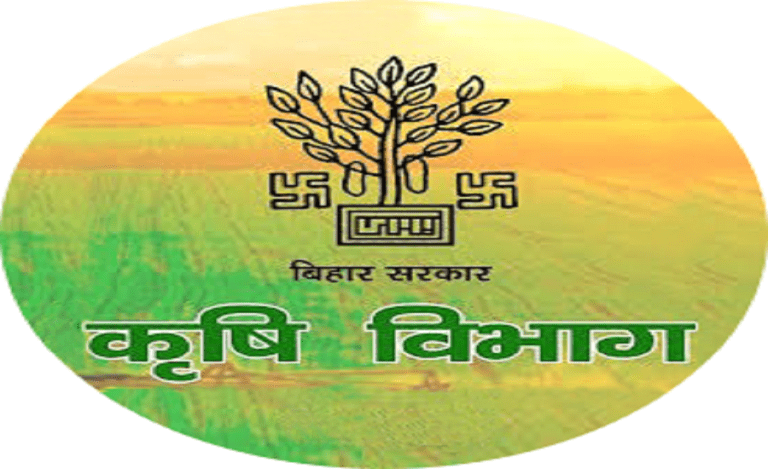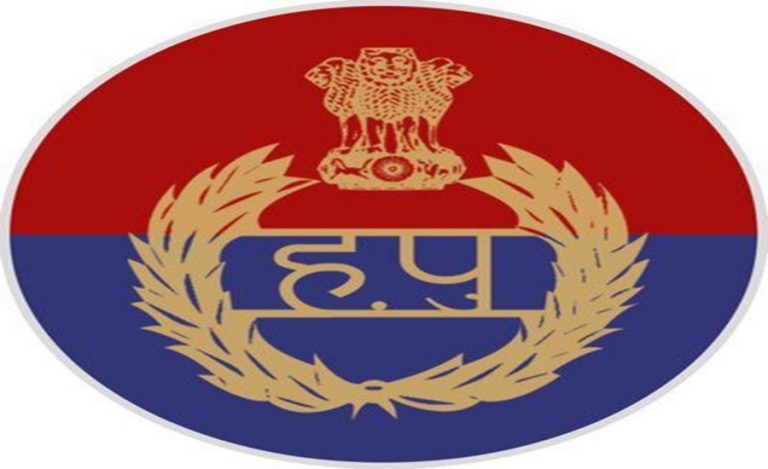You might know who won the first Olympic medal for our country or who was the captain of the team who won the first cricket world cup for our country. You might also know the names of the first President or the first Prime Minister of the country. But do you know who was the first Indian to crack the civil services exam? He was Satyendranath Tagore, the second elder brother of Nobel laureate Rabindranath Tagore.
Satyendranath Tagore cracked the civil services examination years before India got Independence. Britishers were ruling the nation and Indians were generally not allowed to sit in the civil services examination for many years.
Let us go back in time to know more about this legend who defeated the challenges on his way to become the first Indian to join the Indian Civil Services.
THE CHALLENGES
Britishers came to India in the 17th century for trading and eventually started ruling the land. It was their government, and everything was under their control. And, for many years Indians were not allowed to work in top positions of the British government.
In 1832, for the first time, they allowed Indians to be selected to Munsif and Sadar Amin positions. Later, they also started appointing them as Deputy Magistrate or Collector. But it was not until 1860s that Indians could sit for the civil services exam.
In 1861, the Indian Civil Services Act was introduced, and the Indian Civil Service was established allowing Indians to compete for the exam. However, it wasn’t easy for Indians. Participants had to go to London to appear in the exam and the syllabus was vast and included the languages, Greek and Latin. The maximum age limit was 23 years only which was later reduced to 19.
FIRST IAS
Born in June 1842, Satyendranath Tagore was a bright student since childhood. He proved his ability by getting selected to the Presidency College, Kolkata, after getting first division. He was part of the first batch who appeared for the entrance examination of the University of Calcutta.
After the Indian Civil Services Act was passed, Tagore, along with his friend Monomohun Ghose, decided to attempt it.
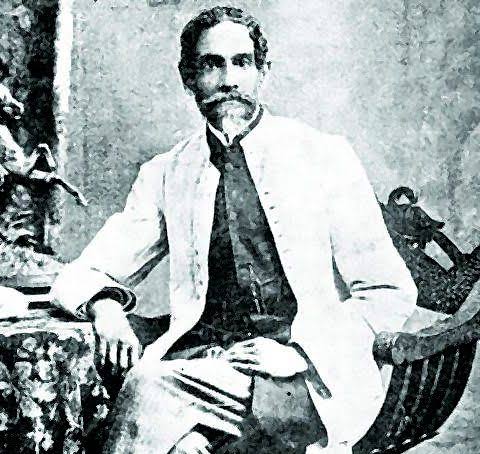
They both went to London, prepared for the examination, and gave the papers. Ghose couldn’t crack the exam, but Tagore got selected in 1863. He completed his training and came back to India in 1864.
He first got posted in Bombay Presidency and was later made an Assistant Collector/ Magistrate in Ahmedabad. He served for 30 years and retired as a judge from Satara, Maharashtra in 1896.
WRITER AND SOCIAL WORKER
Satyendranath Tagore’s achievements are not just limited to civil services. Like his brother, he was also a poet, author and linguist. He had good knowledge of three languages, which were English, Bengali and Sanskrit.
He was also an active participant in Bramho Samaj Movement and was president of Bangiya Sahitya Parishad in 1900-01. He translated Bal Gangadhar Tilak’s Geetarahasya into Bengali and wrote many literary works.
However, the most prominent work of his life was his tireless efforts for the upliftment of women in society. He actively supported women to adjust to a more liberal lifestyle and worked towards eradicating the purdahsystem from society. He initiated the change from his own family, and in the process became an inspiration for all.

